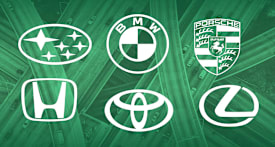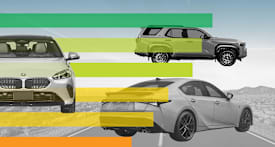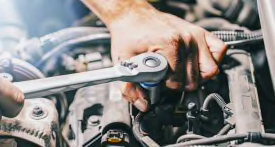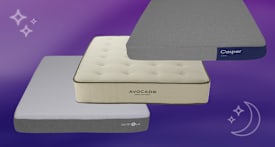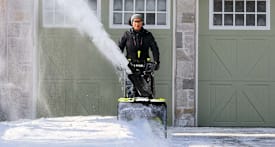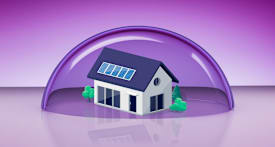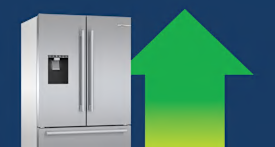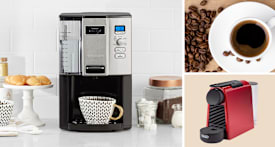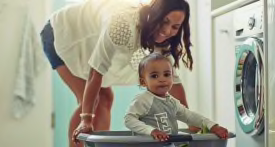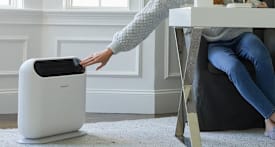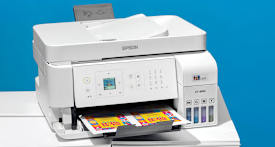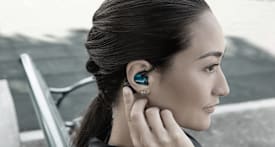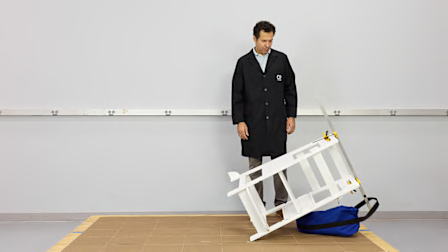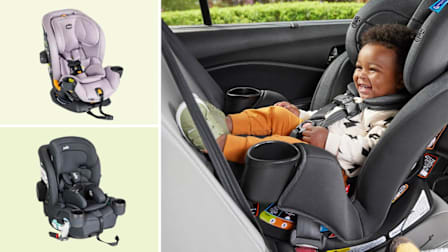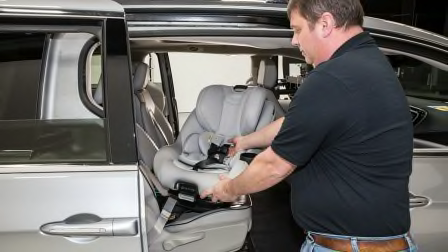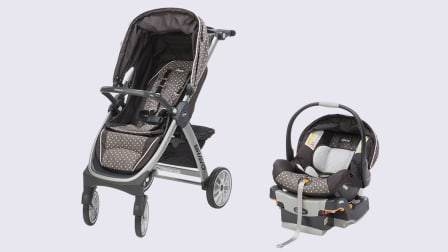Is It Safe to Buy a Used Car Seat, Stroller, or Crib for Your Baby?
New baby gear is expensive, but buying used can come with risks. CR’s safety experts share their best buying advice.
When you shop through retailer links on our site, we may earn affiliate commissions. 100% of the fees we collect are used to support our nonprofit mission. Learn more.
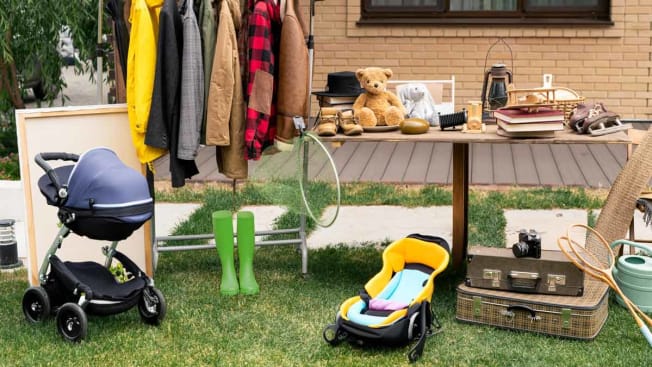
There’s no getting around it: Babies need a lot of stuff. Given that prices on baby gear essentials like strollers, car seats, and cribs are increasing, looking to cut costs where you can is understandable. That might mean you’re considering hand-me-downs from friends or relatives, searching for used or open-box products at discounted prices, or even hunting for free baby gear from Buy Nothing groups.
- What to Know About Used Baby Products: Infant Car Seats Strollers Cribs High Chairs
- How to Check Used Baby Gear for Product Recalls
- Dangerous Baby Products to Avoid New or Used
What to Know Before Buying a Used Infant Car Seat
While all car seats must pass minimum federal safety standards, some may provide additional margins of crash protection, and some are easier to install than others. That’s crucial, because a poorly installed car seat leaves a child vulnerable in a crash.
“Those reasons, along with continuous ease-of-use and safety improvements, make a strong case for investing in a new, top-performing car seat,” says Emily A. Thomas, PhD, associate director of auto safety at Consumer Reports.
The lifespan for most car seats is just six to 10 years, because parts can degrade or wear out, meaning that an older car seat won’t provide the same level of protection as a newer model. If the expiration date is not on the manufacturing label, you can check the car seat owner’s manual and do the math based on the date of manufacture.
If you’re buying or inheriting a secondhand car seat, use our interactive decision chart to find out whether the seat is safe to reuse. In addition to the seat’s expiration date—which ensures that the seat hasn’t become too worn—you’ll also want to check whether the car seat has been involved in a crash, which could weaken the seat’s structural integrity beyond what you can see.
Should you end up with a car seat that’s not safe to reuse, don’t haul it to the curb or town dump—it might tempt strangers to use it for their baby. Instead, strip the car seat to its shell, removing fabrics, harnesses, and buckles. Then mark “Do Not Use” on it, and check with your local authorities to find out whether any components can be recycled before you dispose of the car seat. Target offers a semiannual car seat recycling program where you can deposit your old car seat and receive a coupon for a discount on a new baby gear item.
Best Infant Car Seats Under $250
These three infant car seats earn our recommendation and typically sell for less than $250. If these don’t fit your needs, we rate more than 40 other infant seats in our car seat ratings.
Don’t forget about another important safety consideration: installing the seat properly in your car. Find out the common car seat installation mistakes to avoid.
What to Know Before Buying a Used Stroller
Strollers may not have an expiration date like car seats, but you’ll definitely want a model that was made after Sept. 10, 2015. That’s when federal safety standards became mandatory, covering proper harness placement and the integrity, stability, and strength of strollers, among other factors. A label on the underside of the frame should show the manufacture date.
Then check the owner’s manual to make sure the stroller operates properly. Inspect the stroller, making sure the seat reclines properly and the brakes work. For example, if the stroller has swivel wheel locks, try them out to be certain they do not stick in an unlocked or locked position.
“Make sure the stroller folds and unfolds properly, using the directions in the owner’s manual. As you continue to read through the manual, try each feature to be sure the stroller is in good working order,” says Joan Muratore, the engineer who oversees CR’s stroller tests. “Finally, examine the entire frame for dents or cracks, or missing bolts or other hardware.” If you don’t have the original manual, look for it online or on the manufacturer’s website, or call the company’s customer service number—they should be able to provide you with a PDF version.
Best Strollers Under $250
We’ve tested strollers and travel systems that cost as much as $1,600, but these three CR Recommended models from our tests cost far less. That said, if they don’t fit your needs, we rate more than 60 other strollers in our stroller ratings.
What to Know Before Buying a Used Crib
If you plan on buying or borrowing a used crib, we recommend looking for a stationary-side crib manufactured after 2011. That’s when new federal safety standards went into effect that banned drop-side cribs, which tended to be less sturdy than cribs with four fixed sides. “Once drop-side cribs were banned, injuries and fatalities dropped dramatically,” says Ashita Kapoor, CR’s associate director of product safety.
A crib’s hardware can also be weakened by rough use or changes in humidity during storage—keep this in mind if you plan to shop for one secondhand.
Check the crib for a label that includes the manufacturing date or lot code, as well as the manufacturer’s contact info. Typically, these codes appear in a discreet spot on the crib frame, or underneath the mattress support. If you can’t decipher the manufacturing date from the lot number or lot code, call the manufacturer and ask. Importantly, if there’s no clear label, don’t use the crib.
Be sure to follow safe sleep recommendations: Remember to always place your baby down on their back in their own sleeping space, with no other people or pets, and to always use a crib, bassinet, or portable play yard for sleep with a firm, flat mattress. Inclined surfaces can cause babies to suffocate. Only use a fitted sheet in your baby’s sleeping space: Do not put loose blankets, pillows or nursing pillows, stuffed toys, bumpers, baby loungers, or sleep positioners in your baby’s sleeping space.
Best Cribs Under $250
These three cribs earn decent scores in our ratings (though our CR Recommended models start around the $530 mark), and they all sell for less than $250. If they don’t fit your needs, we rate more than 30 other cribs.
What to Know Before Buying a Used High Chair
If you’re buying a high chair secondhand, make sure it was made after June 2019, when the CPSC mandated that all high chairs sold in the U.S. meet a federal safety standard that incorporates the ASTM International F404 high chair standard. You won’t find an official label noting that the high chair meets this standard, but you should be able to find the model’s name and the date of its manufacture on a label affixed to the chair. You should also check the CPSC’s website to be sure it hasn’t been included in any safety recalls.
We recommend looking for these safety features in your high chair, whether it’s new or used: a crotch post; a safety-restraint system with a five-point harness (ASTM International’s current safety standards require only a three-point harness for certification, but the five-point type is safer because it can keep a child from standing or leaning over in a high chair and possibly falling or tipping the chair over); if you want a chair with wheels, make sure it has locks or uses casters; and if it’s a folding high chair, make sure it won’t pinch your fingers when you’re closing it.
Best High Chairs Under $250
We’ve tested more than 20 high chairs, and these three, which all sell for less than $250, performed best within that budget.
How to Check Used Baby Gear for Product Recalls
While many kinds of baby products have to undergo safety testing before they become available to the public, others lack mandatory safety standards, reports CR’s Lauren Kirchner.
Recalls are one reason to opt for new rather than used baby gear. When products are recalled, it’s because they pose serious safety hazards or don’t meet current standards. You’ll be notified of any recalls when you purchase and register a new product, says CR’s Kapoor.
While it’s illegal to sell recalled products, the CPSC prioritizes compliance from major retailers rather than the resale market. If you’re shopping secondhand marketplaces, there’s no way to know for sure whether a product you’re considering is recalled, aside from searching online for the individual model.
You also might not be able to register used products to learn about recalls and other important notices, which is why it’s worth looking them up on the CPSC’s recall database or searching for reported incidents via saferproducts.gov before bringing used or secondhand baby gear home.
Another reason experts recommend buying new baby gear when you can: You get the latest safety advancements on the market. “A child’s safety is the utmost priority for any parent,” says Kapoor. “It’s important to always buy the latest versions or models of the product to ensure the product is meeting the latest safety standards.”
Dangerous Baby Products to Avoid—New or Used
CR’s safety experts have identified six products that you should avoid as you prepare to welcome your baby into the world.
- Nursing pillows produced before May 2025 and infant "loungers," which have pillowy sides that look like good protection but can actually pose a risk of suffocation for babies. New standards have been introduced that outline strict design requirements to improve safety.
- Portable bassinets with a cantilevered structure, like the Halo Flex Bassinet, which CR has confirmed has a tendency to tilt to one side. The resulting tilt may contribute to an infant inadvertently rolling over when placed inside.
- Infant "neck floats," marketed as a way to keep a baby’s neck above water in a bath or pool, have been associated with dozens of safety incidents and two infant deaths. A new safety rule from the CPSC sets performance standards and labeling requirements for infant neck floats, more clearly outlining the risks, but CR experts say these products are unsafe for use.
- Medical experts say that weighted baby blankets, swaddles, and sleep sacks should never be used on a baby because of the risk of inhibiting the baby’s breathing.
- Water beads, the tiny gel balls that can expand to 1,500 times their original size when watered, can cause permanent injury or death in children after accidental ingestion, inhalation, or insertion in the ear or nose. A new safety standard from the CPSC will now limit how much water beads can expand, as well as limit the amount of toxic acrylamide they can contain, and also requires stronger warning labels.
- You should also avoid inclined sleepers and crib bumpers, which President Joe Biden banned in 2022, prompted in part by a CR investigation that revealed dozens of deaths tied to infant sleepers. Inclined sleepers, such as the recalled Fisher-Price Rock ’n Play Sleeper and Kids II Rocking Sleeper, can allow a baby’s head to slump forward, blocking airflow and interfering with breathing.
